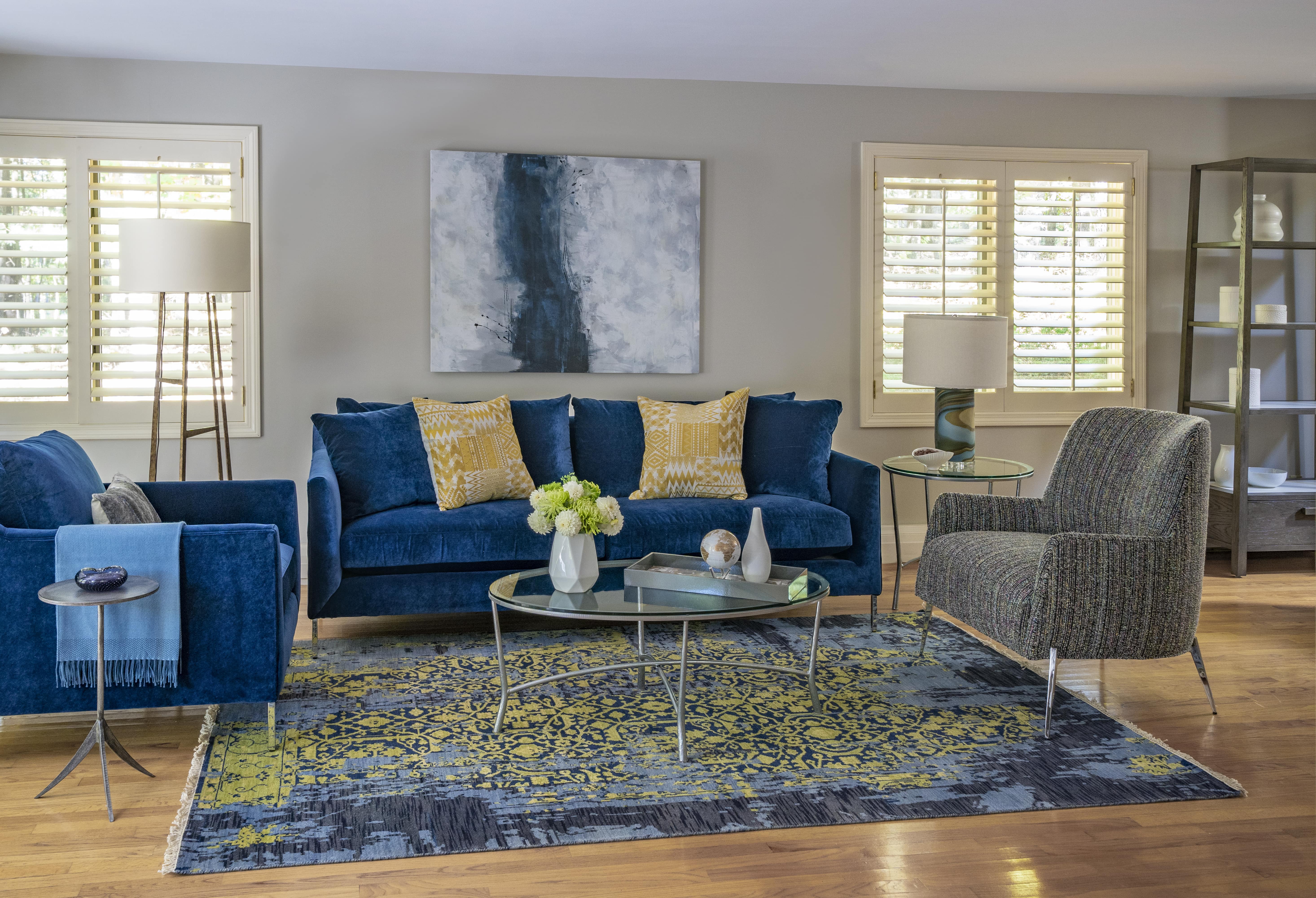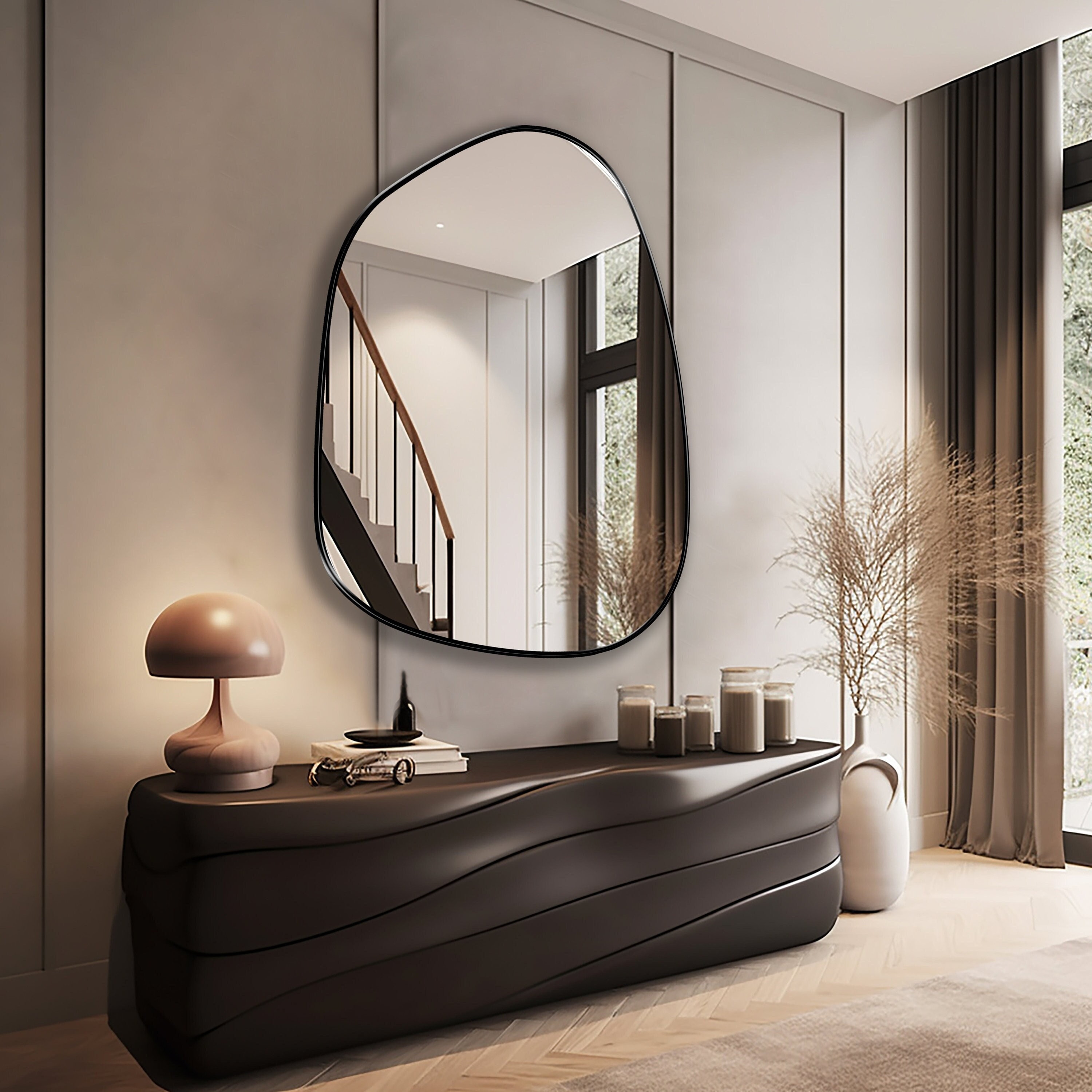If you live in a small apartment or have limited space in your home, you know how difficult it can be to make the most of tight quarters. While small rooms present challenges, painting is one way to help maximize space and make areas feel larger and brighter. With some clever techniques and tricks, you can use paint to visually expand walls and create the illusion of more room.
Planning and Prep
The first step is planning and preparation. Take accurate measurements of the room and furniture placement so you know exactly what surfaces need painting. Evaluate the condition of walls—repair any holes, patches, or problem areas before priming and painting. Thoroughly clean walls to remove dirt, dust, and grease that could affect paint adhesion.

For small rooms, consider using a lighter, brighter paint color on the largest walls to make the space feel more open. Look to paint colors like white, light gray, pale yellow, or soft blue-green, which won’t feel overwhelming in a compact area. Avoid dark, dramatic colors that consume light and can visually shrink a room.
Paint the Ceiling
One of the most effective tricks is painting the ceiling the same color as the walls. Rather than stop at the walls and leave the traditional off-white ceiling, carry the wall color up to blend everything together visually. This fools the eye into perceiving the room as one cohesive shape instead of separate wall and ceiling planes. It makes the ceiling disappear and extends the walls up, creating a sense of more height and space.
Focus on vertical wall sections by painting floor molding or baseboards a contrasting darker shade. Outline them cleanly so the eye is drawn upward rather than distracted by horizontal details near the floor. Consider leaving a very narrow, unpainted margin at floor level to maintain this vertical emphasis.
Paint furniture or trim the same color as the walls to minimize visual interruptions. For example, if you have white walls, paint a bookcase, entertainment center, or window trim in the same crisp white so they blend in seamlessly. Objects that disappear into the walls expand the sense of openness. Save color blocking or contrasting paint colors for just one or two statement pieces of furniture rather than several items that break up wall space.
Read more: Cozy Fall Interior Décor Ideas: Transforming Your Home for the Season
Paint the Back of Doors
Painting the back side of an interior door the same hue as the walls is another trick that makes a small room feel more spacious. It allows light to shine through the entire door surface rather than stopping at a different painted surface on the other side. Consider even painting the inside casing of door openings to fully blend walls with doors.

Open up door swing space as much as possible to optimize usable floor area. Remove any unnecessary door stops, ensure doors open fully without bumping furniture, and address any sticking or binding issues. Paint hinges flat black so they blend inconspicuously into the door. You can also paint the door edge lightly if it has a visible colored perimeter that interrupts wall flow.
Mirror Magic
Judicious use of wall mirrors is another space-expanding technique. Mirrors reflect light, make rooms appear brighter, and double the perceived size by reflecting more of the surroundings. Hang full-length mirrors on walls opposite windows to reflect natural light and outdoor views indoors.

Position mirrors strategically on walls adjacent to seating areas or beds to reflect those primary function zones. Consider affixing them at eye-level rather than higher on the wall where they become less effective. Framed mirrors with a decorative edge that coordinates with wall paint add character without overwhelming a compact space with too large a mirrored area.
Read more: The Art of Plate Walls: A Symphony of Style
Dark Paint under Windows
On the reverse side, use dark paint colors sparingly and strategically underneath windows to avoid visually cutting the room in half with a strip of color. Instead of a light-colored paint below the window blocking light, paint the bottom third to half of the window wall a dark shade to anchor it more discreetly. This subtle difference draws the eye up rather than dominated by a large horizontal expanse of dark paint.
Play with Depth
Enhance spatial depth with layers of painted surfaces rather than flat blank walls. Create the illusion of recessed wall panels, niches, or molding details by varying paint shades within 1-2 tones of each other on adjacent sections. For example, paint a lighter off-white color around window trim with a slightly darker shade on the main surrounding wall. These depth cues attract attention while maintaining an overall calm palette.
Choose the proper paint sheen to shape light, accentuate features, and define usable space. Flat or matte sheens reflect less light for a quieter look in confined areas, while satin or eggshell sheens are brighter for highlighting architectural elements. Gloss is generally too lively for small rooms and hard to keep looking pristine. Shading paint at corners and edges with darker tones draws walls back to increase perceived space.
Tips for Specific Zones
Small rooms like kitchens, bathrooms, and bedrooms have particular challenges due to distinct functional needs within compact quarters. In kitchens, paint upper cabinets and the ceiling the same color as walls to visually lift and expand the room. For bathrooms, use light reflective tile paint to bounce illumination off multiple surfaces. A pale grey or blue-green works well whether you have small powder rooms or full baths.
In bedrooms, neutral light colors are best to promote relaxation while making the most of limited space. Paint headboards or built-ins the same color as walls, and use frameless wall mirrors to reflect more of the room. Carry color up from the bed, such as dark grey or navy wall paint below to anchor the sleeping zone without chopping up available floor space.
Finish Details
For the final touches, apply painting techniques carefully with crisp cutting-in and smooth brush strokes. Repair any flaws before the finish coat for a seamless appearance. Allow sufficient dry time between coats, then touch-up imperfections. Install switch plate and outlet covers, baseboards, and trim in a manner that blends seamlessly into paint colors to keep visual flow intact.
With planning and creativity, painting is a powerful remedy to overcome challenges of constrained living spaces. Follow these tips and tricks to visually expand the impact of light, bounce reflection, and enhance depth perception in any small room through effective uses of color, sheen and tricks of the trade. Paint opens up new possibilities to make smaller areas feel brighter, more spacious and inviting.
Read more: Soft Simplicity: 5 Lessons for A Tranquil Scandinavian Interiors





